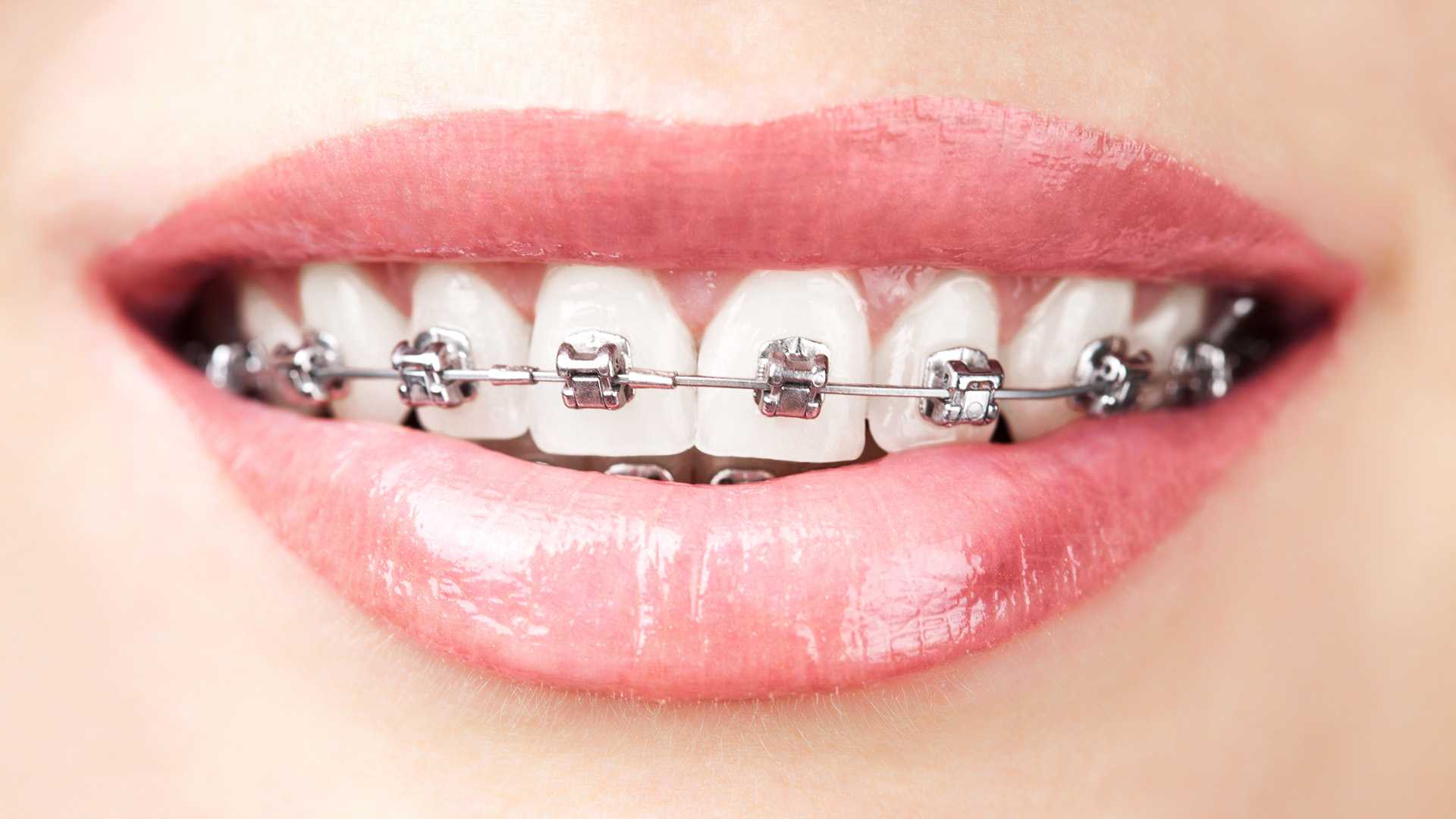If you are considering braces or recently had them fitted you may want to know, what do braces feel like? This knowledge can ease your concerns if you are about to get braces.






Save $250 off braces or Invisalign!*
Schedule your appointment online.
If you are considering braces or recently had them fitted you may want to know, what do braces feel like? This knowledge can ease your concerns if you are about to get braces. Braces work to align your teeth and enhance your smile, but the process brings with it various sensations. From the initial fitting to ongoing adjustments, you may encounter feelings like pressure, mild discomfort, and some soreness. These are typical parts of the journey towards a healthier smile. This article delves into what you can anticipate when getting braces, adapting to everyday life with them, managing discomfort effectively, and knowing when to contact your orthodontist for guidance. Join us as we explore the emotional and physical experience of wearing braces.
What to Expect When Getting Braces
Receiving braces is a significant step towards a radiant smile. The process starts with a consultation where your orthodontist assesses your teeth and discusses the optimal treatment plan. Once you decide to proceed, applying braces generally takes one to two hours. During this procedure, apply adhesive, and attach brackets to your teeth. A wire is then threaded through these brackets and secured with tiny rubber bands to exert the necessary tension for tooth movement.
During the application, you might feel some initial pressure as brackets and wires are put in place. This pressure is a positive sign that your braces are functioning. Although some may feel anxious, the procedure is typically painless, with any discomfort being temporary. Understanding the answer to what do braces feel like during and after the application can help you prepare for these sensations.
In the hours after receiving braces, you may experience mild soreness as your teeth start to adapt. Tenderness when chewing is common, so opt for soft foods like yogurt, mashed potatoes, and smoothies to ease the transition. Over-the-counter pain relief can also be beneficial. Remember, this initial phase is just the beginning of your path to a straighter and healthier smile!
Adjusting to Life with Braces
Adapting to braces can be an interesting experience, especially in the initial days. Many individuals report sensations of tightness and pressure as the braces start to work. Discomfort is normal as your mouth adjusts to the brackets and wires, and typically diminishes within a few days.
Orthodontic adjustments are key to your comfort. As treatment advances, periodic adjustments are made, involving tightening wires or changing bands. These adjustments can cause temporary discomfort but are crucial for gradually shifting your teeth. Most patients find relief after a day or two following an adjustment.
To ease into life with braces and understand what do braces feel like in daily activities, consider practical tips. Soft foods are helpful early on, as they are gentle on your teeth and gums. Staying hydrated and rinsing with warm salt water can alleviate soreness. Maintaining good oral hygiene is essential—regular brushing and flossing will keep your mouth healthy and reduce discomfort. Over time, living with braces becomes second nature, setting the stage for a beautiful smile in the future.
Pain Management Tips for Brace Wearers
Identifying discomfort sources is vital for those with braces. Initially, your mouth may feel sore due to pressure on your teeth, stemming from their adjustment to new positions. Brackets and wires can also irritate cheeks and lips, contributing to soreness.
Over-the-counter pain relief, like NSAIDs such as ibuprofen, can effectively reduce pain and inflammation. Consult your orthodontist before starting any medication to ensure its suitability for your situation.
Home remedies can offer relief as well. Rinsing your mouth with warm salt water can soothe irritation and promote healing. Applying a cold compress to your cheeks may reduce swelling and temporarily numb the area. Orthodontic wax on brackets creates a barrier between metal and mouth, minimizing irritation. Understanding what braces feel like and using these strategies can make the adjustment period more comfortable, enhancing your braces experience.
When to Contact Your Orthodontist
Feeling discomfort after getting braces is common, but certain signs require reaching out to your orthodontist. If severe pain persists beyond a few days or if swelling occurs in your gums or mouth, contact your orthodontist promptly. Loose or broken brackets and wires also necessitate a visit, as they can hinder treatment progress and cause further discomfort.
Distinguishing between normal and abnormal discomfort helps determine when to seek assistance. Mild soreness, especially after adjustments, is typical and manageable with over-the-counter relief. However, escalating pain or unusual symptoms like bleeding or sharp pain warrant consulting your orthodontist.
Follow-up appointments are crucial for monitoring your treatment’s progress. These visits allow for necessary adjustments and addressing concerns, preventing small issues from becoming major problems. Regular check-ins ensure your path to a straighter smile is as comfortable and efficient as possible. Remember, your orthodontist is there to support you, so reach out if anything feels amiss.
The Emotional Journey of Wearing Braces
Getting braces can evoke a range of emotions. Many feel excited about their future smile, yet anxious about initial discomfort and the social aspects of wearing braces. It’s normal to feel self-conscious initially, as adjusting to a mouth full of metal can be daunting. Over time, these feelings often transform into pride and confidence, particularly as you notice changes in your teeth.
Building confidence with braces is a journey. Embrace the uniqueness of your braces by personalizing them with colorful elastics or choosing fun designs for your retainer. Sharing your experience with friends or on social media can foster a sense of community and support, reminding you that you’re not alone.
Support systems are vital for adjusting to braces. Friends and family can offer encouragement, while online communities can connect you with others facing similar experiences. Engaging with these support systems can alleviate anxiety and provide practical tips for managing discomfort. This emotional journey is as important as the physical transformation, and understanding what do braces feel like at each stage brings you closer to the smile you’ve been dreaming of.





